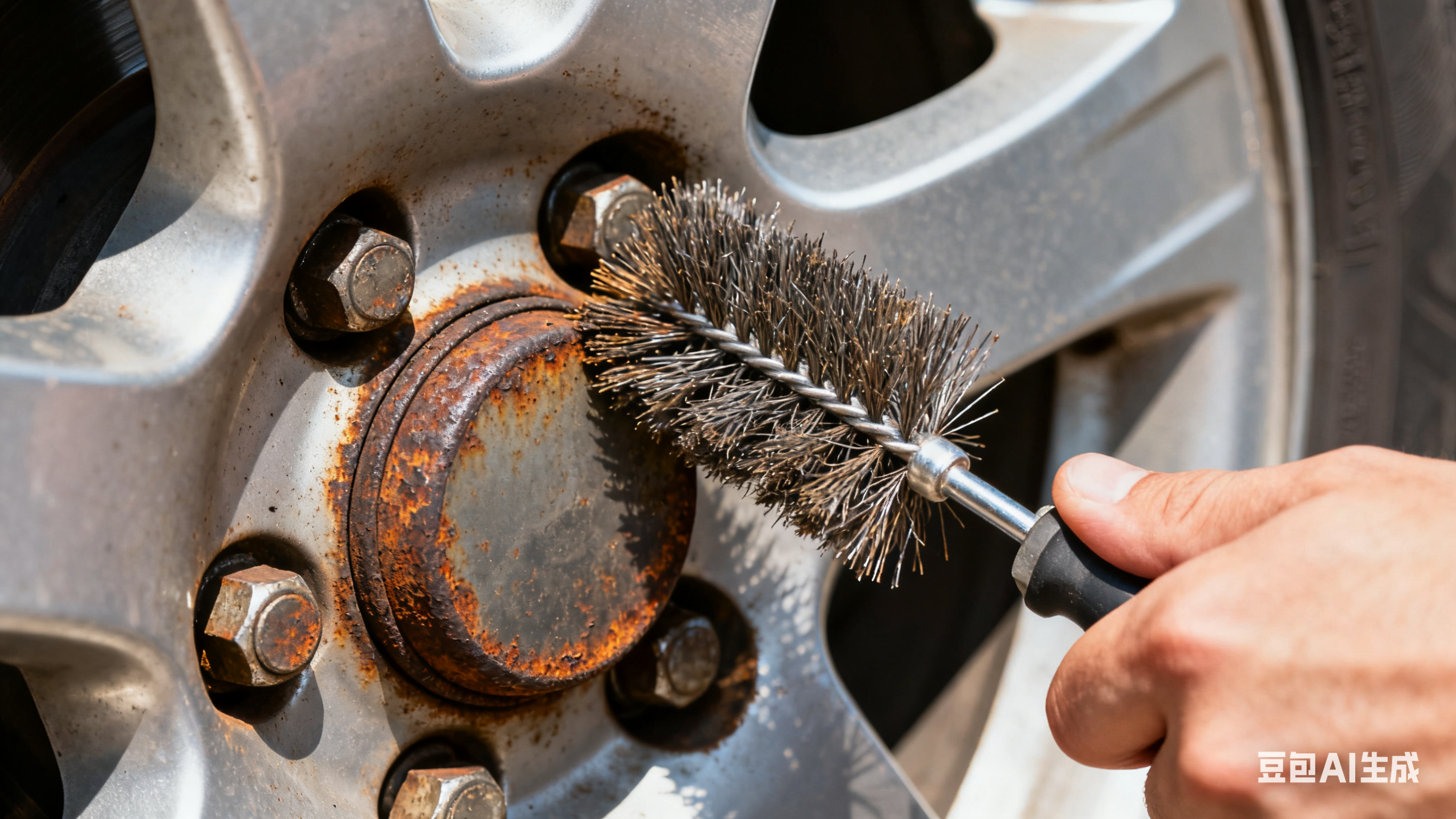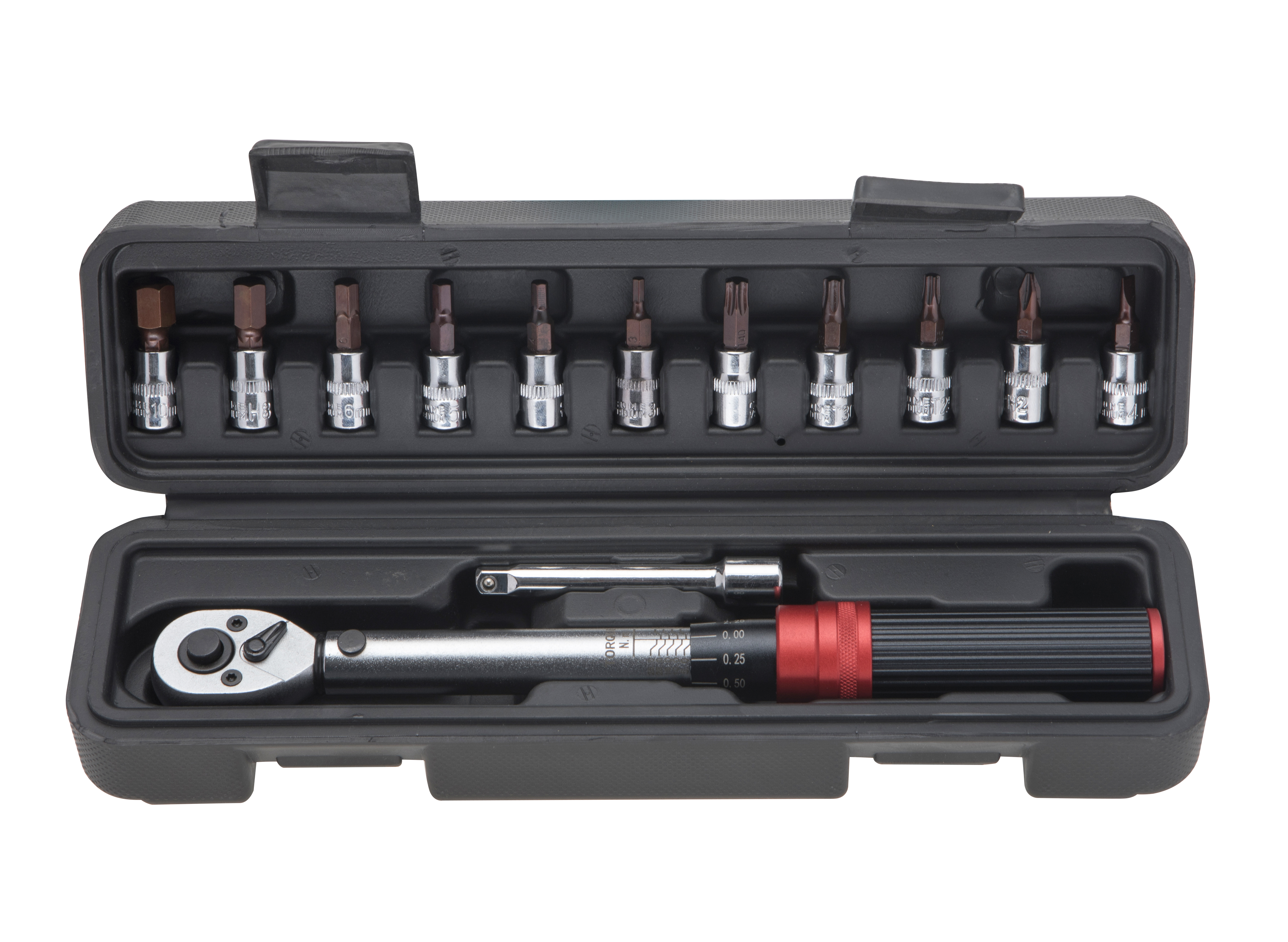How to Read Torque Specifications: A Beginner’s Guide
Using a torque wrench starts with understanding torque specs—the numbers that tell you how much force to apply. These specs aren’t arbitrary; they’re set by manufacturers to keep parts safe and functional. Here’s how to decode them:
First, know the units. Torque is measured in two main systems:
· Imperial: Foot-pounds (ft-lbs) or inch-pounds (in-lbs) (common in the U.S.).
· Metric: Newton-meters (N·m) (used globally, including in most tools and vehicle manuals).
You’ll find specs in places like:
· Vehicle owner’s manuals (e.g., “Oil pan bolts: 18 ft-lbs / 24 N·m”).
· Furniture assembly guides (e.g., “Chair leg screws: 5 in-lbs / 0.6 N·m”).
· Tool packaging (e.g., “Socket set compatible with torque up to 150 ft-lbs”).
Pro tip: If your wrench uses one unit but the spec is in another, use a simple converter (many digital wrenches do this automatically). For example, 1 ft-lb = ~1.36 N·m, and 1 N·m = ~0.74 ft-lbs.
Never guess torque—using the wrong value can ruin parts or create safety hazards. Always cross-check the spec before you start.






